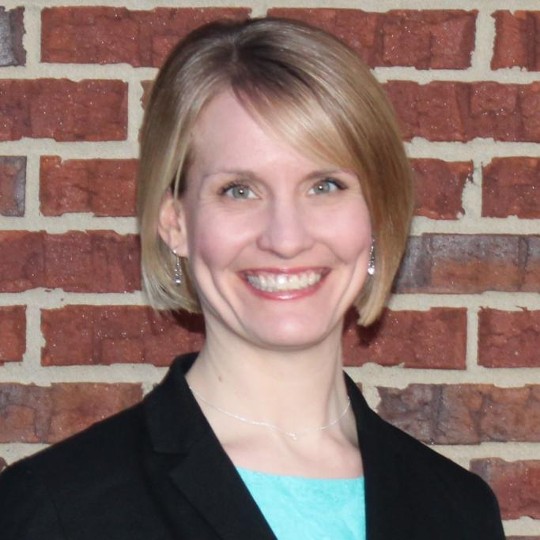
Biography
- Education
Moss Rehabilitation Research Institute
Postdoctoral Research Fellow, Severe TBI RehabilitationUniversity of Florida
2010
Rehabilitation Science (Neuromuscular Plasticity and Motor Control)
PhDOhio University
2002
Physical Therapy
MPTOhio University
2000
Biological Sciences
BS
- Research Interests
- Neurorehabilitation, Recovery after Brain Injury/Disorders of Consciousness
- Hometown
- Cincinnati, OH
- Languages
- English
Research Summary
With a research background in motor control, neuroplasticity, and electrophysiology as well as clinical experience as a neurologic physical therapist, Dr. Day’s research interests involve understanding the mechanisms and trajectories of recovery from neurologic injuries. She also has an interest in developing interventions to promote recovery in the sensorimotor and/or cognitive domains, particularly after brain injury.
Currently, in collaboration with Dr. John Whyte at Moss Rehabilitation Research Institute, Dr. Day is investigating electrophysiologic and behavioral evidence of consciousness in patients with severe brain injury. Their goal is to determine if evidence of covert command following as measured by quantitative electroencephalography (EEG) exists in the absence of overt behavior, and whether the early presence of certain cortical activity patterns might predict the emergence of behavior in response to commands. In order to quantify the most subtle movements as they emerge and to measure motor recovery over time, accelerometers also are implemented in conjunction with EEG.
Prior to studying disorders of consciousness, Kristin’s research investigated walking and dynamic stability recovery after spinal cord injury. She incorporated robotic- and manual-assisted locomotor training interventions and motion analysis in that line of work. Based upon the stimuli and neural circuitry deemed necessary for walking recovery, as well as what appears to be an overlap with circuitry presumed necessary for consciousness, she has a longer-term goal of translating and examining the utility of upright, locomotor-like interventions as potential methods for stimulating consciousness and motor behavior after severe brain injury.

